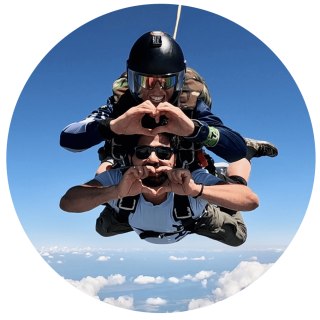Limiting Wear & Tear On Your Gear After You Land
DZ News
Posted by: Parachute Ottawa
2 years ago
Taking care of your skydiving gear is one of the most important things you can do in the sport of skydiving. Your gear is responsible for saving your life, after all. Take care of the gear and it will take care of you.
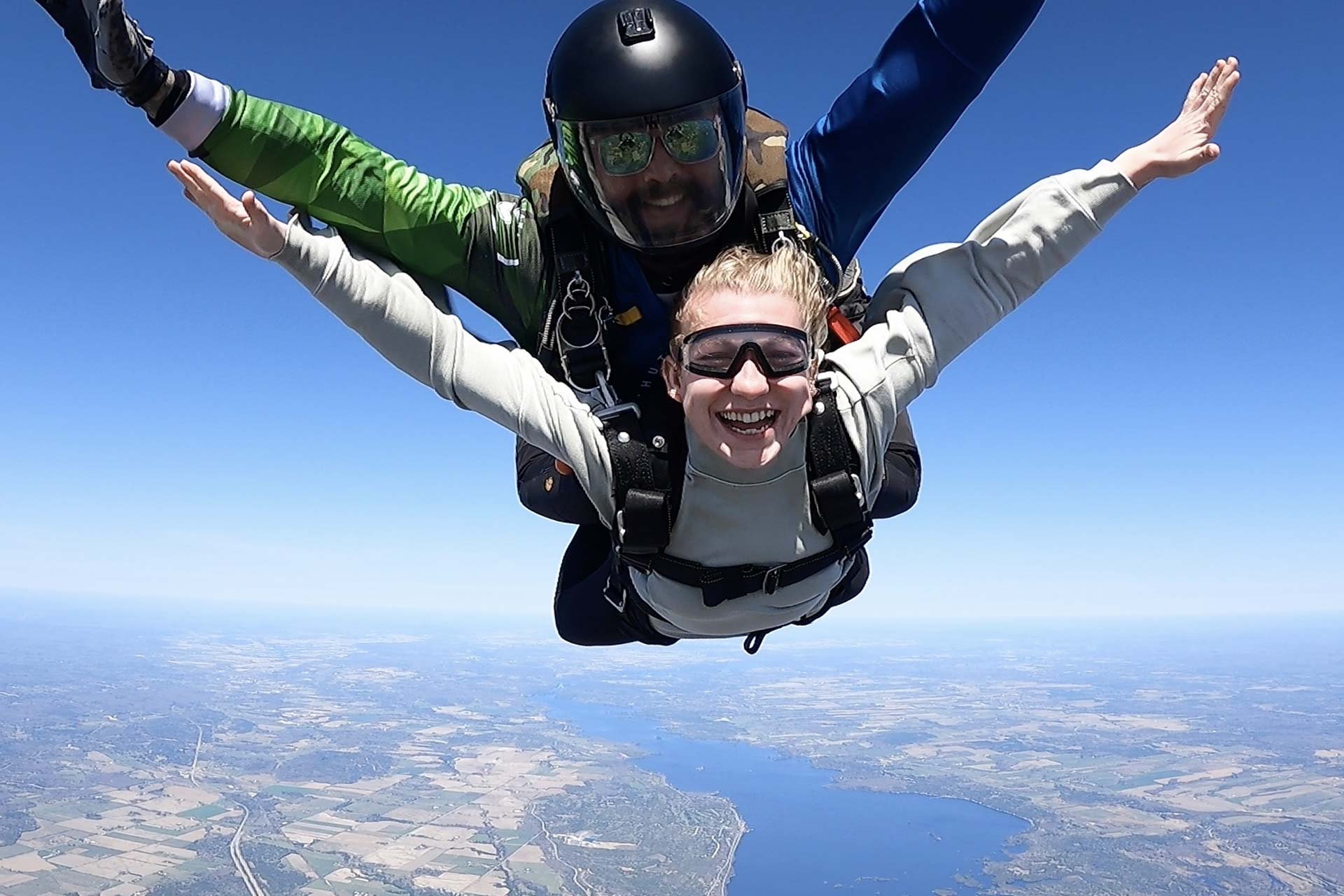
Sure, openings and routine flying cause wear on the gear. Any kind of use is going to put it through the ringer. But there’s nowhere that puts more wear and tear on skydiving gear than on the ground. It’s meant to be in the sky!
Unfortunately, all good things must come to an end and every skydiver must land. So how do you limit the wear and tear that the ground puts on your gear?
Packing – What a Drag
This goes for immediately after landing and during packing. Basically, anytime you need to move your gear. Dragging a canopy or container across the ground will wear it out quicker than anything else. That goes for grass, dirt, and especially concrete (yikes!).
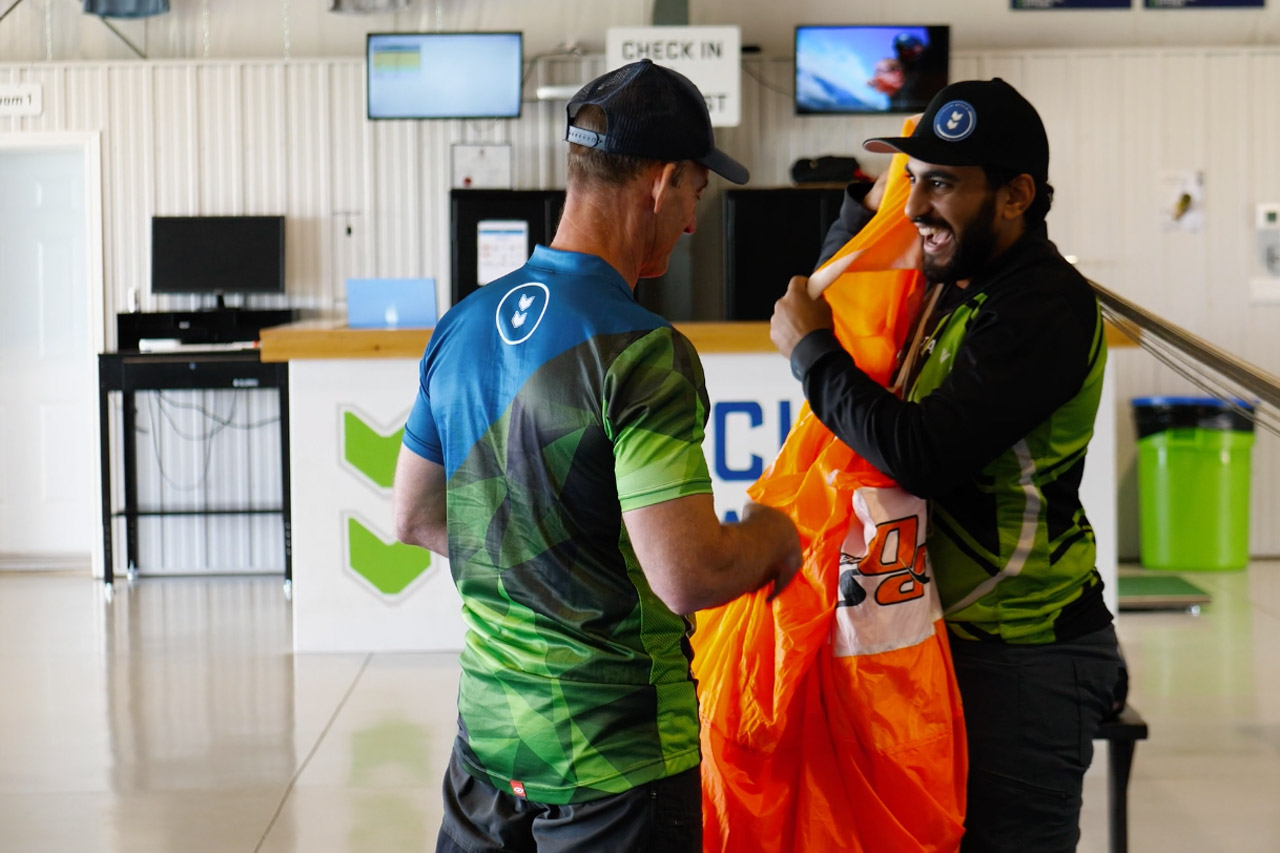
The most obvious situation where dragging may happen is during packing. Some skydivers will pull the container toward them as they stow their lines. It’s only 15 feet, right? Yeah, if you only do it one time. Multiply 15 feet by the number of times you pack your parachute. It could equal dragging your poor container up to thousands of feet! Kilometers even!
It’s much better to move your deployment bag forward with each line stow and leave your container in one place. It might require a little more work, but it will pay off in the long run. You can also buy or make a drag mat to put under your container while you pack. It’s like a little cloth sled for your container so that you can drag it without it actually rubbing against the ground!
But packing isn’t the only time gear gets dragged around. Another major point of wear that goes overlooked is gathering the parachute after landing. The skydive is over, all you want to do is high five your friends and get back to the hangar and get on another jump. You’re not thinking about your parachute.
Pulling your parachute to you to pick it up means it’s getting dragged across the grass and dirt. Instead, walk toward the parachute as you loop or daisy chain the lines, and your canopy won’t move. Keep that sheet of nylon safe!
Do the (Un)Twist
The breaklines are the only lines on the canopy that aren’t secured at both ends. A, B, C, and D lines are all attached to both the canopy and one of the risers. But break lines have a free end where they attach to the toggles.
Over time, break lines can become twisted, especially if you leave your toggles loose while gathering your gear after landing. And being twisted can mean tension knots or even permanent stretching! This can result in cutaways or needing to reline the canopy sooner than you would have to with normal wear and tear.
The best way to avoid wonky break lines is to remember to stow them every time after you land. Make a habit of sticking your toggle back in your riser before you even drop it after your flare. This will create a second point of connection and stop the lines from twisting up as you move the canopy around.
And it doesn’t hurt to do a twist check every few jumps in case the lines go through some twirls!
Your Rig is a Vampire
Not the blood sucking kind – the kind that wants out of the sun ASAP! Leaving any part of the container or parachute in the sun for an extended period of time will cause sun damage. Sun damage bleaches and weakens fabric. And we can all agree that ‘weak’ isn’t exactly the quality we want in our skydiving gear.
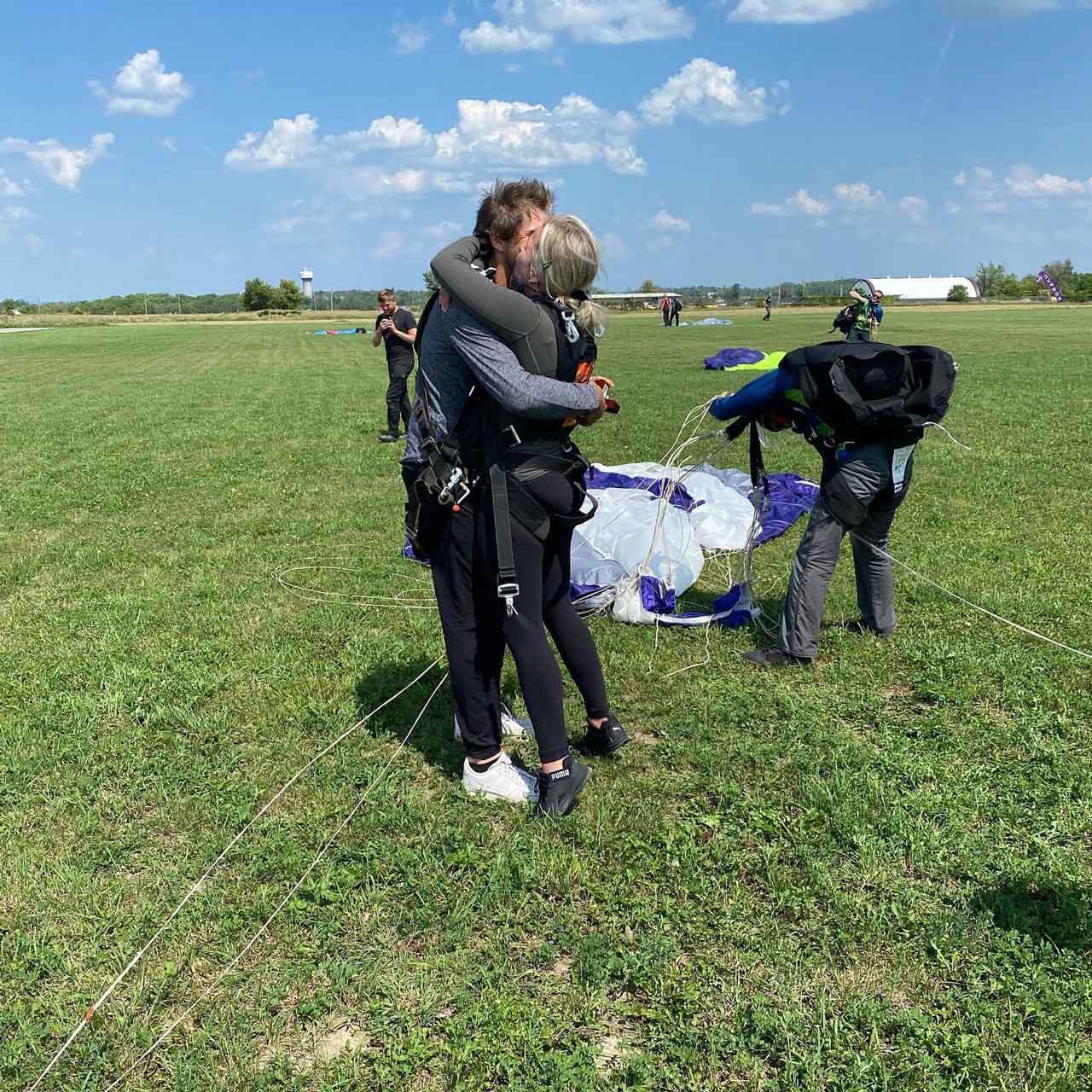
Now, there’s no need to panic and sprint into the hangar as soon as you touch down. Letting it lay in the grass as you collect yourself and your belongings after you land is okay. But even that adds up over time. It’s good practice to get your gear into the shade as quickly as possible when you’re not actively using it.
And that goes for packing, too. Find a spot that’s fully shaded to pack and store your gear between jumps. Baking in the sun all day, even for 30 minutes at a time, is bad news for skydiving gear.
Have it Inspected
Utilize the pros! Having your gear inspected at every reserve repack and any time you suspect an issue is a great way to nip wear and tear in the bud before it gets too bad. Skydiving gear is used in some extreme situations. Wear is bound to happen, but tear can be avoided! Catching and repairing it early will stop it from getting out of hand.
Ask a rigger you trust to inspect your gear and help you with any repairs. You can even stick around during the inspection and learn a thing or two about the stuff that saves your life!
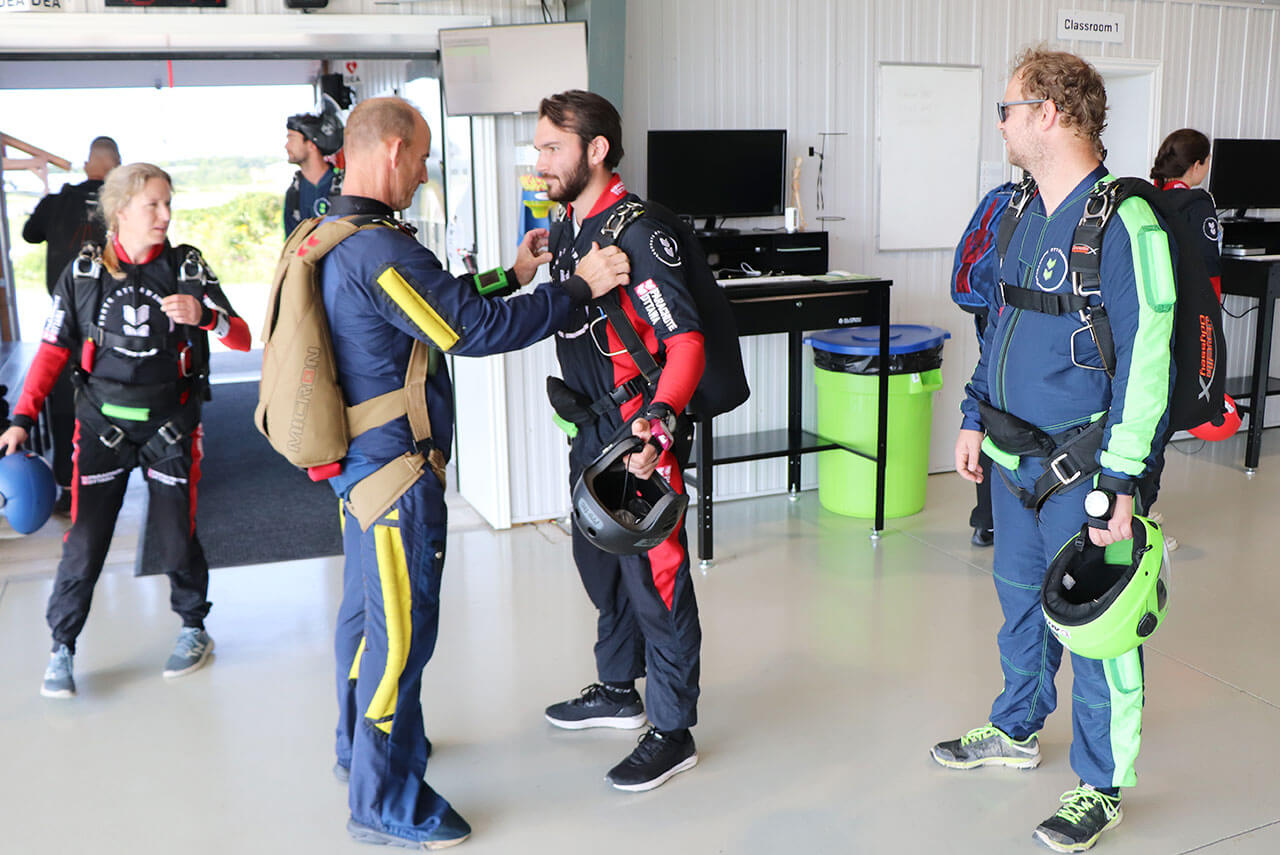
Our facilities are made to keep gear looking new and in tip-top shape – and for having fun, of course! Drop in and get your gear in the air! Blue skies.
Categories:
You May Be Interested In:

Skydiving Age Limit: How Old Do You Have to Be to Go Skydiving?
3 weeks ago by Thu Thi

How Do Skydivers Know Where to Land?
2 months ago by Parachute Ottawa

Understanding the Skydiving Student Program Pathway
2 months ago by Parachute Ottawa

Skydiving Anxiety and How You Can Prepare
4 months ago by Parachute Ottawa
